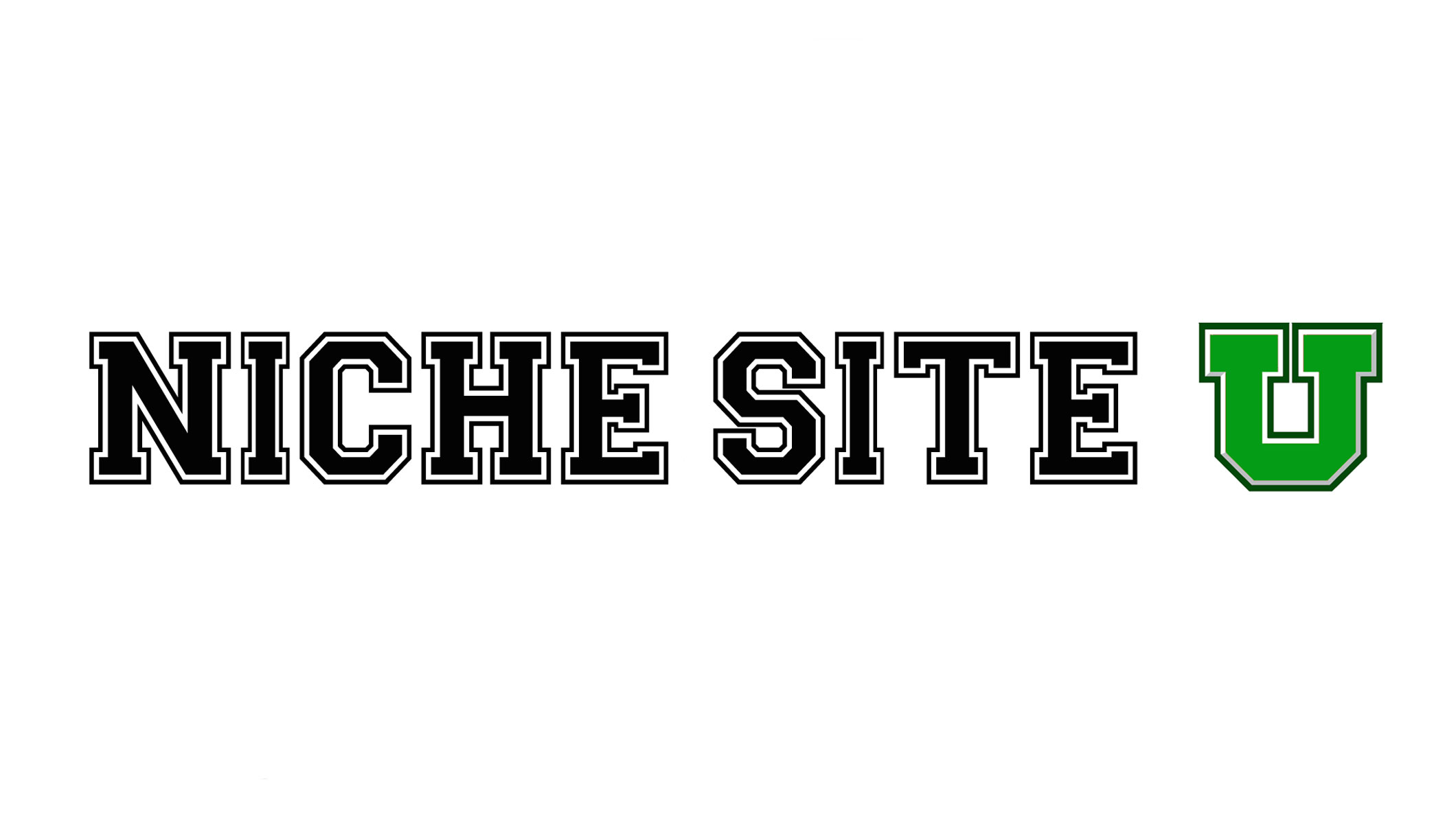
Over the past couple of years, blogs have taken off as the most popular and successful way to translate information to users. Aspiring fashion entrepreneur? Start a blog. Business in need of conversions? Start a blog. Everyone feels like they’re dropping the ball or missing out on some huge opportunity by not having a blog.
While I agree that some content marketing strategy is almost always necessary for any brand or business, I don’t think writing a blog is the best move for everyone. In writing your own blog, you commit to producing unique and quality content on a consistent basis-a task that some business and website owners simply don’t have time to do or a budget to hire someone to do it. If that sounds like you, but you also don’t want to miss out on the benefits of having a blog, there is another option.
In lieu of writing your own blog, a better option might be content curation. The difference is that instead of (or in addition to) writing your own blog content, you source information from other places and funnel it through a carefully curated section on your website.
How It Works
Content curation is really not that complicated to practice, which is part of why it’s such an appealing alternative to writing your own blog without content curation. As a starting point, take a good look at your website, services, and products, and try and pull out a common theme. What industry do you fall into? What’s the basis of your marketability? What would clients most benefit from seeing on your website? You’re curating with your audience in mind, so understanding who that audience is and what they need should always be a top priority.
Once you pull out a common theme, whittle it down to the most specific topic relevant to your business or purpose (this will help users find what they’re looking for, too). When you know the exact theme and topic(s) you want to cover, you can start searching for content to support it.
In researching for content to support your theme, keep the following in mind:
Quality is an important component of effective content curation“Fluff” content has no benefit to you or your usersOnly relevant and knowledgeable information should be allowed in your content curation
Research for content curation will involve looking at industry influencers, investigating what keywords users search for, looking at the content of competitors, and digging deep for the best material.
After compiling the best content, you can decide how you want to present it to your users. Content curation can mean different things for different users, so decide early on in this process if content curation will be the bulk of your posting or if you’ll use the practice to supplement your own content.
Regardless of how you choose to present your curated content (reposting, copy and pasting snippets into other content, using different media, etc.), make sure to always appropriately cite the source from which you’re pulling.
So, who should practice content curation?
Anyone, really, but especially those who don’t necessarily have the means to produce their own content regularly. Furthermore, people who are new to blogging and are seeking to make connections with other producers of content might also benefit from content curation. The authority of sharing reputable and quality content can help you establish the credibility you need to later move into your writing your own blog.
If this sounds like a potentially successful content marketing strategy for you, try working it in to your 2017 plans.

